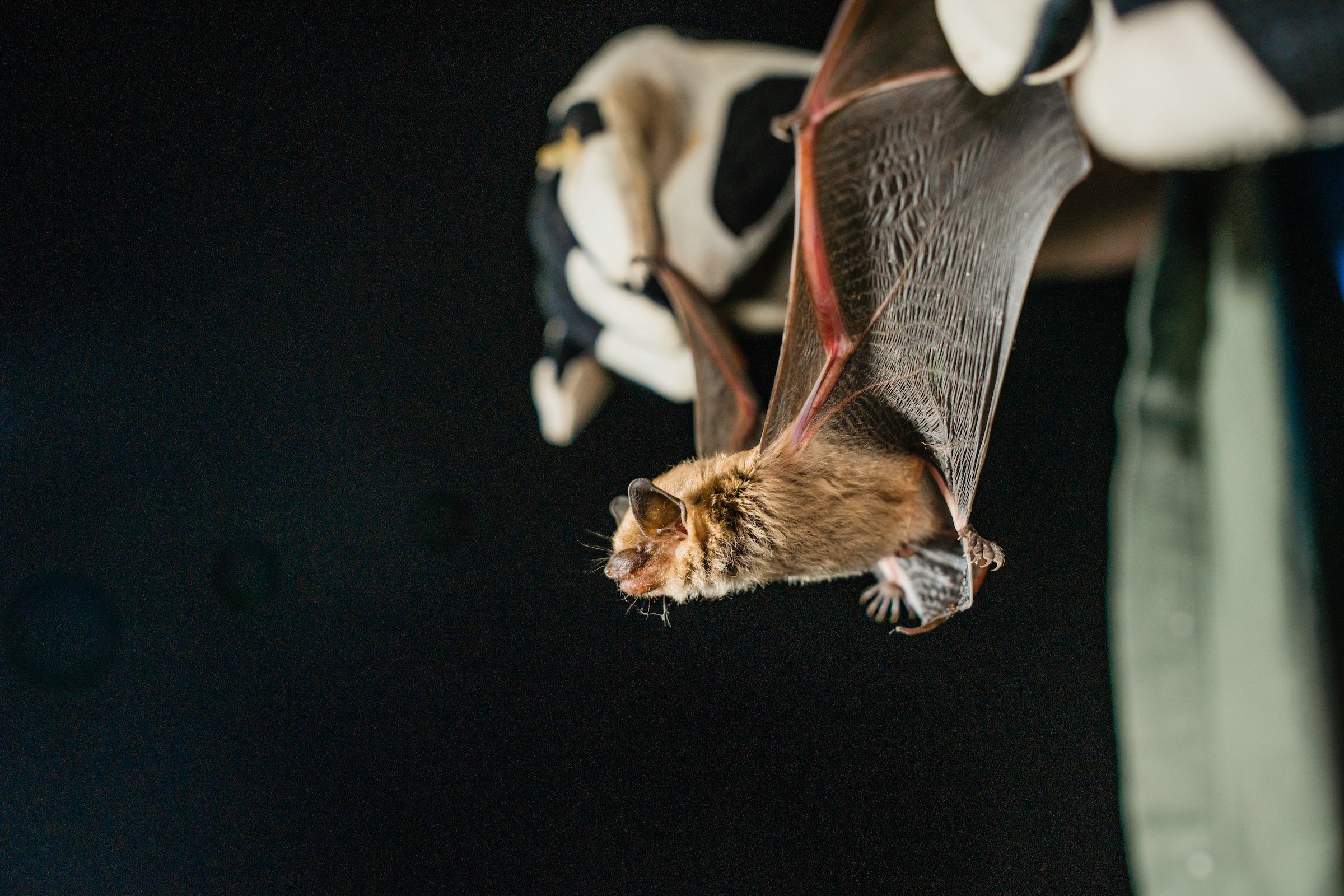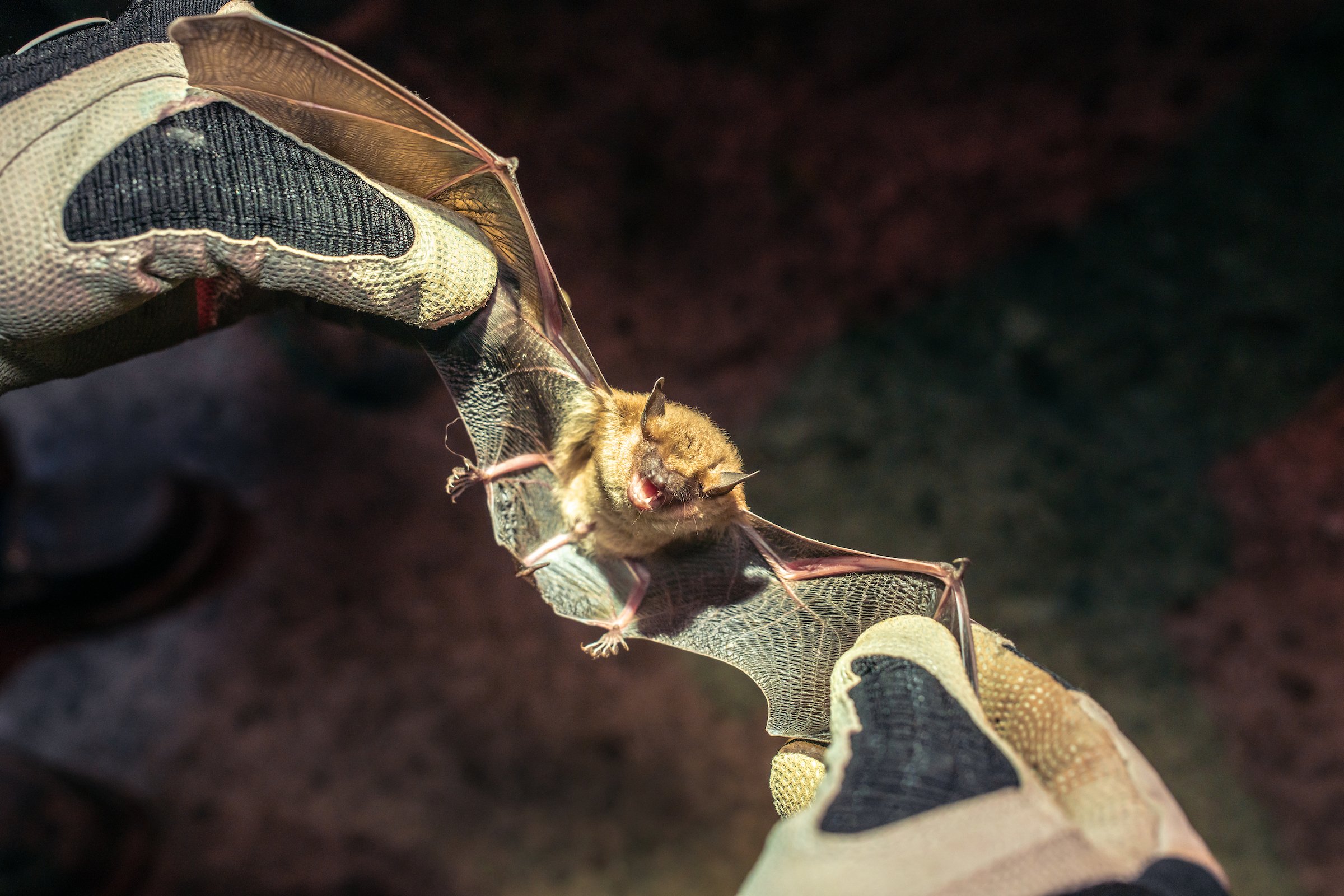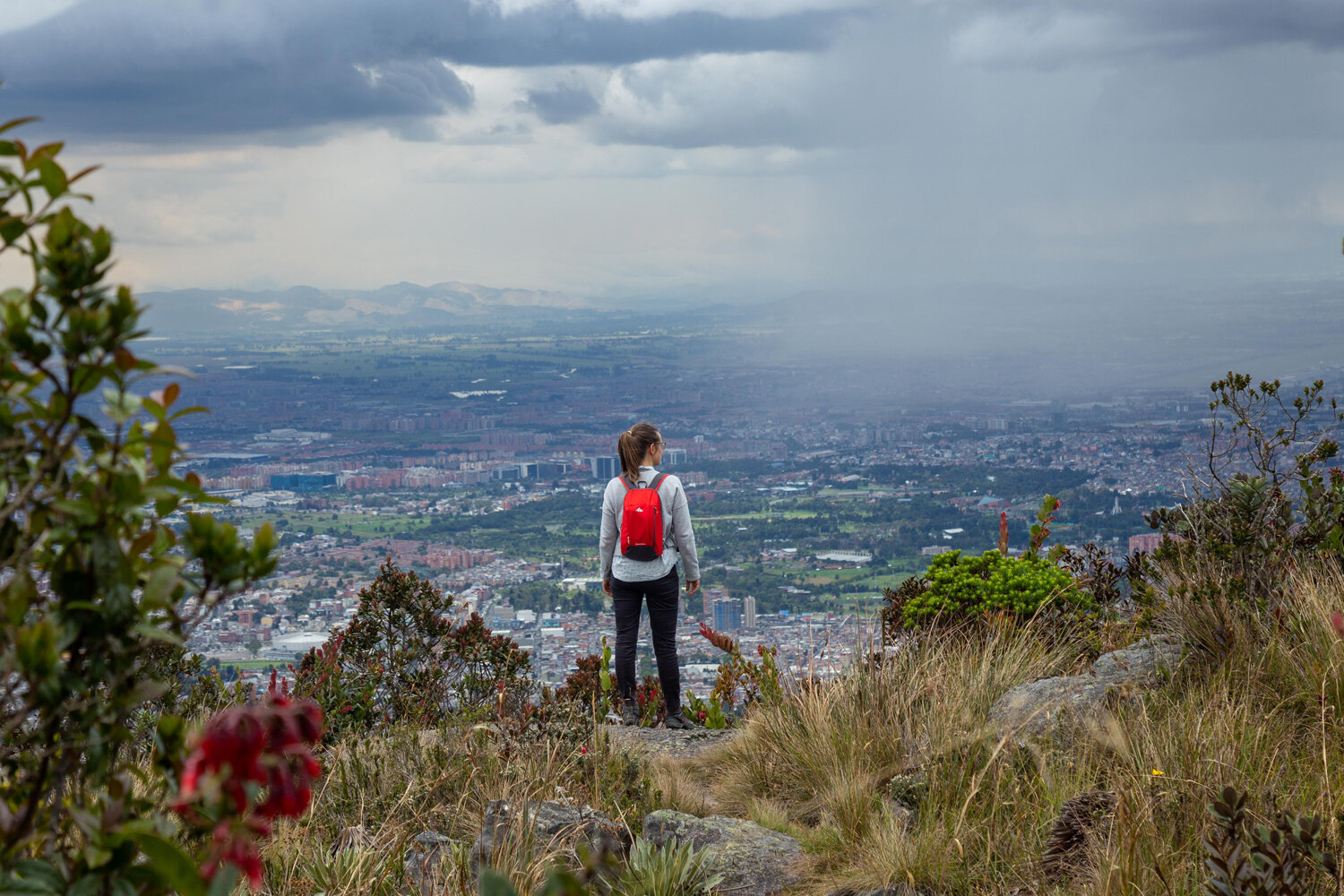Filming Endangered Bats
The Forest Stewardship Council (FSC) contracted our creative studio + production house to create a suite of video and photographic assets for a project in the forests of Eastern Appalachia, Kentucky.
Our Client
Our client, the Forest Stewardship Council (FSC), is an international non-profit organization that aims to provide responsible management of forests worldwide. Its mission is to "promote environmentally appropriate, socially beneficial and economically viable management of the world's forests." FSC certification lets customers know that their product comes from responsible sources.
We had previously worked on this project with the FSC in Mexico, telling the story of King Vulture conservation in the jungles of the Yucatan Peninsula.
Learn more: Filming the King Vulture in Mexico with the FSC.
The Assignment
Our assignment for the FSC was to photograph and film one of their ongoing conservation projects for their” Impact Stories” series, an annual series telling stories from the field.
The Eastern Appalachia region is the largest biodiversity hotspot in the United States.
The Story
This project focused on the combined efforts of The Forestland Group and the FSC to conserve the endangered northern long-eared bat and Indiana bat in the forests of Eastern Appalachia, Kentucky. This region is the largest biodiversity 'hotspot' in the United States. The Forestland Group is working not only to manage a working forest sustainably but to study how to conduct a commercially viable harvest that provides suitable habitat attributes to help endangered species like bats survive and thrive. The group has been FSC-certified since 2005.
A challenge facing local conservationists and landowners is the devastating effects of an outbreak of white-nose syndrome. This fungal disease has killed an estimated 6.7 million bats across the United States. This syndrome has been especially devastating for the endangered northern long-eared bat, whose numbers have declined by up to 90% in the northeast.
A member of The Forestland Group surveying sustainably managed forest in Appalachia, Kentucky.
Sustainably managed forestry can have a hugely positive impact on these threatened bat species. Bats choose specific trees for roosting and reproduction, so large-scale deforestation means they have nowhere to go. However, in highly-adaptable species like bats, certain aspects of sustainable forestry can be helpful: logging trails create flyways through the forest, canopy openings make good foraging areas, and ground vegetation is heaven for gleaning bats like the northern long-eared bat and Indiana bat.
The Forestland Group and the FSC have treated their work in Kentucky as a research study, figuring out how best to sustainably manage forest harvests to protect rare bats and boost their numbers. They are also working with local landowners to offer courses teaching people which trees to save and replant and the positive impacts of sustainable forestry.
The Forestland Group, alongside the FSC, practices sustainable forestry in the woodlands of Eastern Appalachia, Kentucky.
Production
Our storytelling agency's Head of Video, Julian Manrique, went to Kentucky to document The Forestland Group's work. Julian had previously worked as the expedition videographer and photographer for our FSC project in Campeche, Mexico, so he was well-versed in the FSC's mission and how to translate that mission into film and photographs.
The challenge Julian faced in Kentucky was a limited timeframe to document the conservation work being done by local organizations. With just one day to film and photograph everything, he visited local forest landowners affiliated with The Forestland Group and the FSC, documented the stunningly biodiverse landscapes of Appalachia, and visited sustainable timber operations. He also filmed an interview with Dr. Alex Finkral, Chief Forester and Vice-President of Conservation for The Forestland Group.
Sustainably managed forestry is proving vital for the endangered and endemic species of Kentucky.
Photographing rare and elusive bats presented a unique challenge. With just three hours to catch and film some of the endangered bat species inhabiting these forests, alongside Mike Lacki, a former professor of forestry and wildlife and the University of Kentucky.
We accompanied Lacki on a stakeout in the FSC-certified Robinson Forest, a 15,000-acre watershed area. He rigged up a series of bat nets, and Julian set in for a long wait. Mike told us he's often up until 2 am and periodically comes up empty-handed on his nighttime bat monitoring stakeouts. Although there are many species of bats in Appalachia, many of them are hard to catch in bat nets because of how high they fly.
Mike Lacki inspects a bat net in the forests of Eastern Appalachia, Kentucky.
Thankfully, after an hour and a half of patient waiting, a female bat flew into one of the bat nets. Julian took detailed photographs and videos of one of Kentucky's endangered bat species.
The Deliverables and Results
Our storytelling agency collected images and videos telling the story of bat conservation in Appalachia. We captured videos and photographs of the people and places behind this story, which were used to illustrate a feature article published on the FSC website. We captured reference images of some of the bat species that headline the conservation efforts in the region. Our work also included photo selection, editing, and the production of two short videos for FSC's social media channels.




















Learn what it takes to successfully execute a birding documentary production, from what to pack to the best gear for filming wild birds in natural conditions.